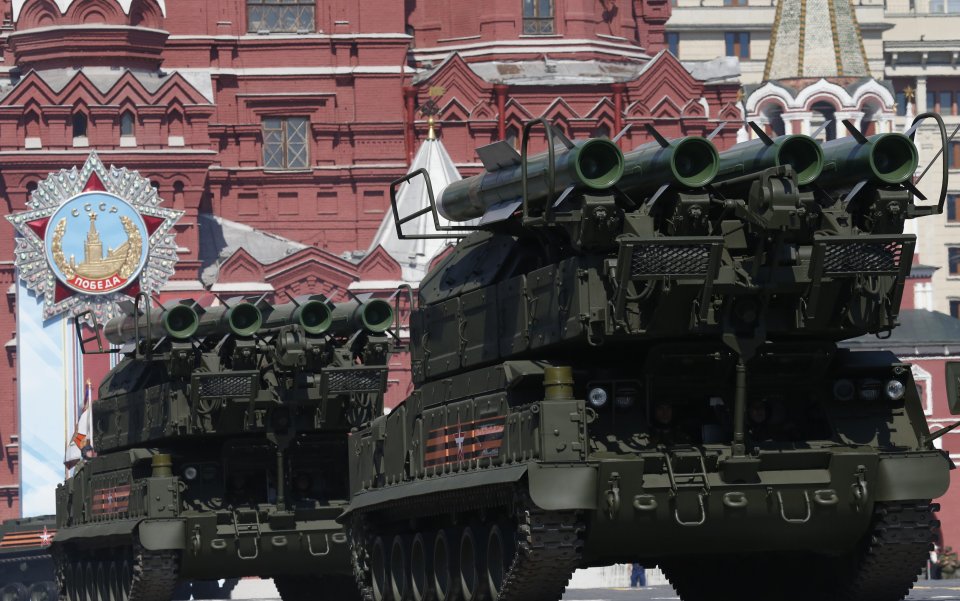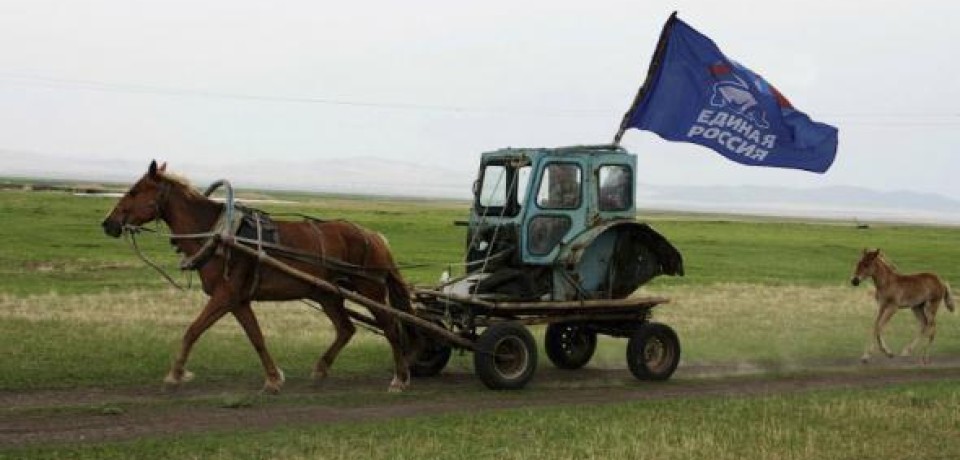Just as was the case at the beginning of the 1980s, the United States must shift from a policy of containing Moscow, which the Kremlin viewed then and views now as a sign of weakness, to one designed to bring victory over it, according to St. Antony’s College historian Vladimir Pastukhov.
In a comment to VOA’s Russian Service, he argues that neither Russia nor the US currently has a clear understanding of its strategic goals in the rapidly changing world of today and that both have fallen back on approaches from the Cold War that ultimately proved to be failures.

The United States has gone back to “containment,” the policy outlined by George Kennan in “the long telegram” just after the end of World War II, an approach that reached its apogee during the administration of Jimmy Carter (1977-1981) before being replaced by Ronald Reagan with his strategy of victory over the USSR, Pastukhov says.
“To restrain [Putin] in the same area and with the same means as was the case in the years of ‘the Cold War,’” he argues, won’t work because the challenges Putin’s Russia presents are ones that are different in kind and have not yet become part of strategic thinking in Washington.
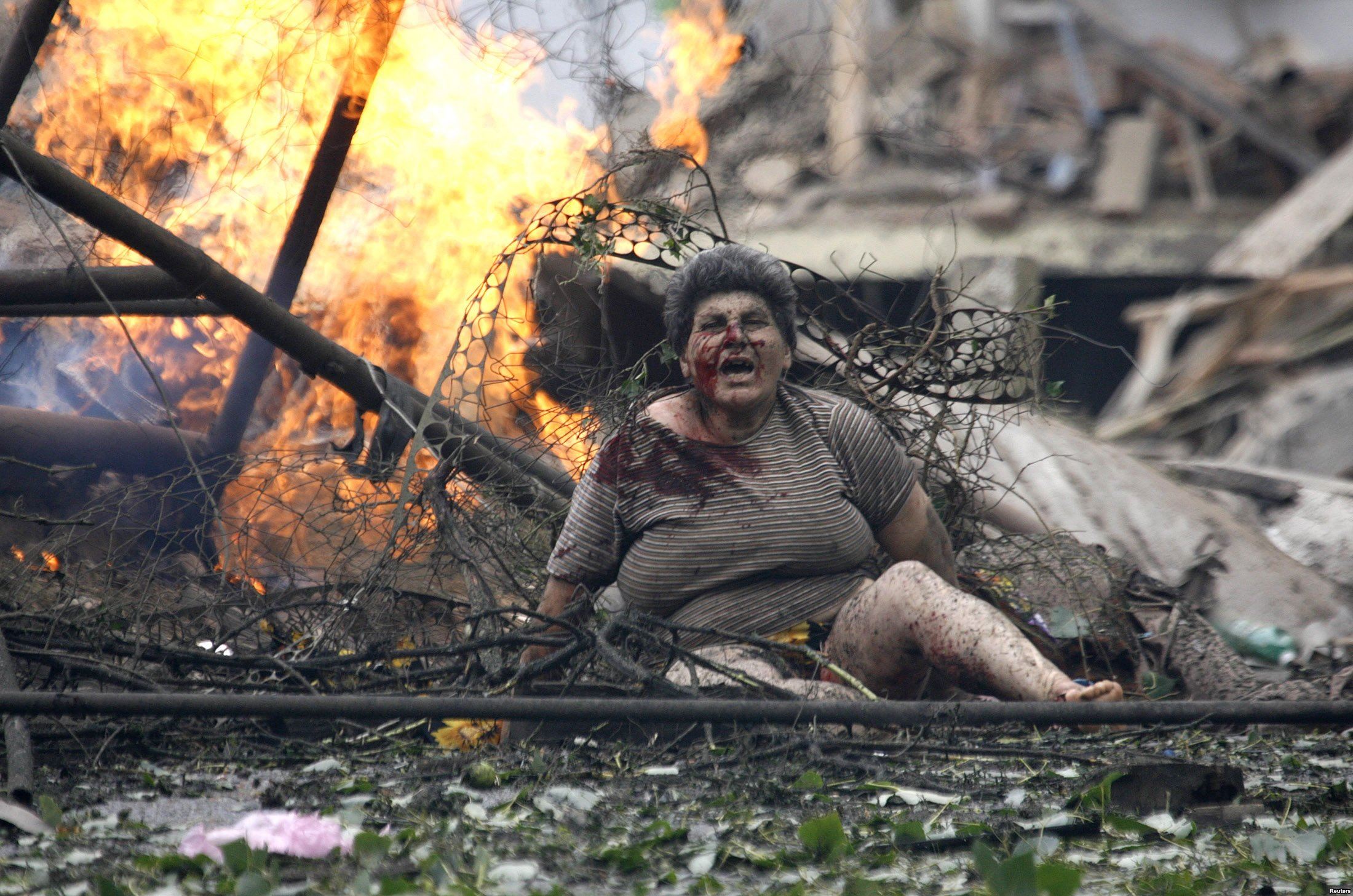
Over the last two years, Pastukhov continues, US policy toward Russia has been “a repetition of Carter’s policy” toward a Soviet Union that violated the older verities of the Cold War and invaded Afghanistan. But Moscow’s action there showed that these rules were no longer operating and that a new approach was needed.
That approach was offered by Carter’s successor as president, Ronald Reagan, who recognized that in response to the change in Soviet behavior, the West must move from containment to a strategy of victory. Unfortunately, the Russian historian says, the Obama Administration does not have such a strategy.
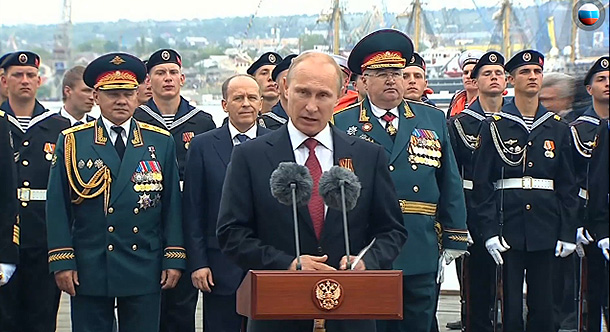
But it is “very important,” Pastukhov says, to have “some ‘strategy of victory,’ some understanding of what, how and by what means you will achieve your goals.” Containment didn’t work with the Soviet leadership and it is proving “ineffective” with the Putin regime because today the Kremlin views “containment” as a sign of Western “weakness.”
In 1981, when it had become obvious that containment was not enough, the Reagan Administration shifted to a policy of rolling back and defeating Soviet communism on the basis of the ideas of the so-called Team B led by Harvard scholar Richard Pipes. Reagan’s plan was perhaps a “poor” one, Pastukhov says, but “it was a plan of victory,” and Washington pursued it.

But shortsightedness is not limited to Washington, the historian continues. Moscow is displaying it as well, believing that Donald Trump is a better candidate for Russia’s purposes because of his expressions of admiration for Putin. That misses the point, Pastukhov says, because Trump whatever else is unpredictable and would hardly be likely to be kept within “the paradigm of ‘containment.’”
Commenting on his observations, Irina Pavlova, a US-based Russian historian and blogger, says she agrees with Pastukhov, adding that it is “the deepest illusion” that current Western shows of force in Eastern Europe alone will affect Moscow’s policies or cause protests against it in Russia.
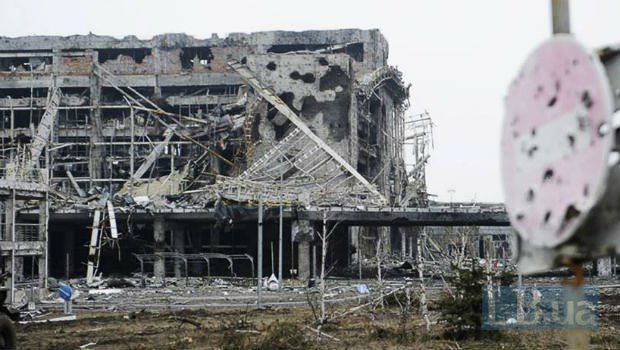
“On the contrary,” she writes. “In Russia, it is the regime which gets solid dividends from such actions of the West. They ideally serve Russian anti-American and anti-Western rhetoric and propaganda … and promote still greater unification of both the people and the ruling elite around Putin and the Kremlin.”
Such actions, Pavlova continues, “make him undefeatable and justify his policy of militarization, the strengthening of the siloviki, and the persecution of dissidents. And in economics, [they have the effect of justifying] the Stalinist variant of economic development of the country as a military encampment.”
“Yes,” she concludes, “the Russian authorities must be deprived forever of the temptation to build their policy on human ignorance, lies, and disinformation.” And they must be blocked from using “Stalinist methods of provocation in foreign policy. But the answer must be not blunt force but clever, precisely targeted and unexpected.”
Related:
- Kremlin reads the West wrong but the West is beginning to read Russia right, Shevtsova says
- Europe hasn’t rejected Russia; Russia has rejected Europe, Shevtsova says
- Putin creating ‘an Anti-Globalist International’ in Europe, Pastukhov says
- Putin’s Russia well on its way to ‘criminal neo-totalitarianims’ with a ‘neo-terror’ and a ‘neo-GULAG,’ Pastukhov says
- Putin accelerating his plan for long-term confrontation with the West, Illarionov says
- Putin regime has long had an ideology – Great Power Imperialism — Pavlova says
- Putin’s anti-terrorism, like Stalin’s anti-fascism, all about expanding Moscow’s influence abroad, Pavlova says
- Will Ottawa abandon Canadian values to accommodate Russian interests?




